I'm trying to access appsettings.json in my Asp.net core v6 application Program.cs file, but in this version of .Net the Startup class and Program class are merged together and the using and another statements are simplified and removed from Program.cs. In this situation, How to access IConfiguration or how to use dependency injection for example ?
Code
Here is my default Program.cs that Asp.net 6 created for me
var builder = WebApplication.CreateBuilder(args);
// Add services to the container.
builder.Services.AddControllers();
builder.Services.AddStackExchangeRedisCache(options =>
{
options.Configuration = "localhost:6379";
});
builder.Services.AddSwaggerGen(c =>
{
c.SwaggerDoc("v1", new() { Title = "BasketAPI", Version = "v1" });
});
var app = builder.Build();
// Configure the HTTP request pipeline.
if (app.Environment.IsDevelopment())
{
app.UseSwagger();
app.UseSwaggerUI(c => c.SwaggerEndpoint("/swagger/v1/swagger.json", "BasketAPI v1"));
}
app.UseHttpsRedirection();
app.UseAuthorization();
app.MapControllers();
app.Run();
For example , I want to use appsettings.json instead of hard typed connectionstring in this line :
options.Configuration = "localhost:6379";

